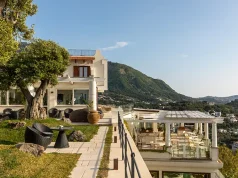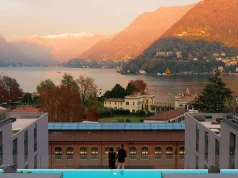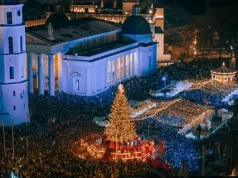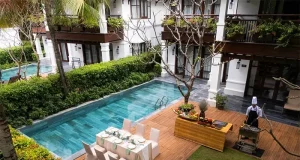
Sicily is a solid choice for anyone considering purchasing a second home in Italy. The island offers international airports, mild weather for most of the year and a rich cultural heritage that attracts visitors year-round.
Moreover, current regulations in Italy allow foreign citizens to purchase property through transparent procedures. But which routes should you follow to experience the best of Sicily? Which areas combine heritage and landscape? And how do you make the right decision—whether planning a trip or considering a real estate investment on the island?
Palermo and Monreale: arab-norman art and vibrant urban life
Those searching for homes to buy in Sicily will find a wide range of options in the regional capital. Palermo’s historic center features renovated 19th-century buildings, often divided into independent apartments suitable for personal use or short-term tourist rentals.
Near Teatro Massimo, price per square meter remains competitive compared to other coastal Mediterranean cities. The Kalsa district, currently undergoing urban renewal, offers apartments with vaulted ceilings and internal terraces, while the via Libertà area provides services, green spaces and quick connections to Falcone-Borsellino Airport.
Monreale, just a twenty-minute drive away, adds to this with its famous Norman Cathedral and a hillside setting that offers cooler summer temperatures.
Cefalù and Madonie Park: sea and mountain landscape
In Cefalù, you’ll find a well-equipped seafront and a well-preserved historic center—two qualities that fuel a steady stream of seasonal rentals. Seafront properties with balconies or terraces offer attractive returns from June to September. Further up the hills, small residential complexes guarantee privacy and reserved parking spaces.
The Madonie Park, just under half an hour away, offers trails for hiking and cycling, making the area appealing all year round. Those investing in a panoramic villa just outside town limits can expect moderate pricing and lower maintenance costs than in many other Italian seaside destinations.
Taormina: high-end services and efficient infrastructure
Taormina is renowned for its Greek theatre and wide array of accommodations—two elements that sustain strong demand for sea-view properties. Along the Ionian coast, the real estate market includes historic villas often divided into luxury units, as well as new energy-efficient constructions.
In nearby towns, just a few kilometers away, stone houses can be purchased at lower prices while still staying close to major services. The railway line shortens travel time to Catania Airport and makes it easier to manage short-term rentals remotely.
Val di Noto: baroque charm and low-density countryside
Ragusa Ibla, Modica, Scicli and Noto form a cultural district known for compact urban centers and a regional transport system improved in recent years. Many aristocratic buildings have been converted into small condominiums.
In nearby towns, agricultural plots with olive groves allow for the construction or expansion of contemporary villas with pools, in accordance with the regional landscape plan.
Trapani, Erice and the Egadi Islands: historic centers and clear waters
Trapani offers a compact center with Liberty-style buildings and a port with fast connections to the Egadi Islands. Many properties in the historic center have already been split into smaller apartments, allowing individual investors to diversify their portfolio with multiple rental units within the same building.
Erice features stone houses with views over the gulf and its mild climate variations are a big plus during the hotter months. Favignana, accessible in 30 minutes by hydrofoil, maintains limited vehicle traffic and its homes cater to mid-to-high-end summer rental demand.





